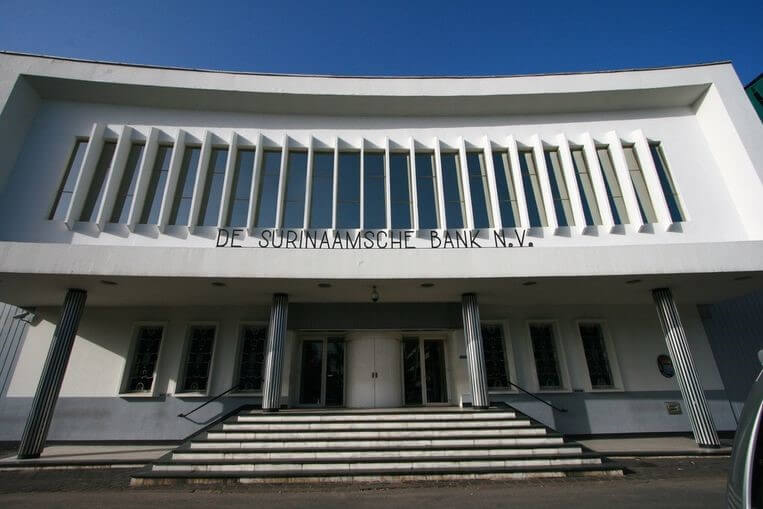Food for Banking Thought

One Question
eyesonsuriname
1️⃣ How does a bank ‘work’?
A bank is split into banking assets that is what a bank owns vs liabilities or what a bank owes.
A bank’s assets, like the US$23 trillion in the US): They help the bank generate income and a ‘healthy’ portfolio includes a mix of loans plus short and long data securities.

Two major asset pieces for for instance US banks:
🧠 Loans (US$12 trillion): real estate loans (45%), commercial/industrial loans (23%), consumer loans (15%) and varies credit (17%)
🧠 Securities (US$5 trillion) are a mix:
01) Held-to-maturity (HTM) securities are held until they ‘mature’ to provide stable income
02) Available-for-sale (AFS) securities which can be sold before maturity (if needed)
03) Trading securities for short-term trading to profit
On the liabilities side (US$21 trillion): these represent the obligations the bank must fulfil in terms of customer deposits and borrowings.
The largest pieces of liabilities for US banks for instance are:
a) Deposits (US$17 trillion): These are split into mainly into customer savings deposits (74%) and “large time deposits” (over US$100K) representing 9%.
b) Borrowings (US$2 trillion): These mainly include short-term borrowings from other banks or financial institutions but can include longer term borrowing like the debt/bonds that the bank issues to investors.
“Balancing” this relationship is very important for a bank.

For example Saxo Markets Hong Kong Market Strategists Charu Chanana highlights how certain regional US banks may have a high proportion of held-to-maturity securities in their portfolio, which in turn and their own right may be sitting on large losses now.
Naturally if they are sitting on big losses on their assets this will be problematic when the depositors withdraw funds and the bank needs to meet these liabilities
Ultimately, the survival of banks is determined not by their fundamental strength, but by the perceived safety among the masses who entrust them with their funds.
2️⃣ Risk: Watch out for commercial real estate exposure at banks
The office sector is hurt by remote/hybrid working options and rising borrowing costs.
Charlie Munger from Berkshire Hathaway warned that American banks are “full of” what he said were “bad loans” as property prices fall.
If these developers default on their debt to the bank this could be a pretty huge blow.
Risks of further bank runs as well as exposure to commercial real estate continues to highlight the vulnerability of the banking sector particularly smaller regional banks
What’s your view on banking stocks? And what is your view on banks in Suriname?
eyesonsuriname









